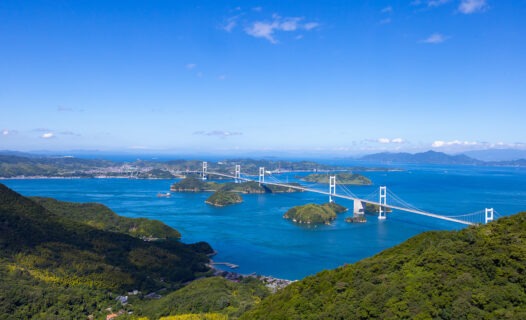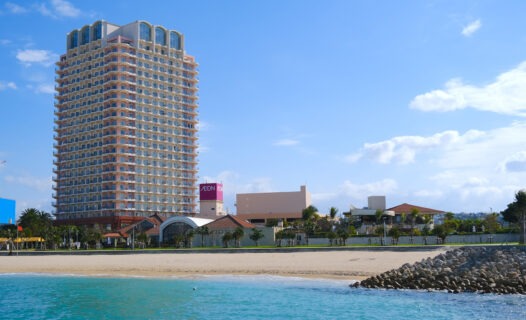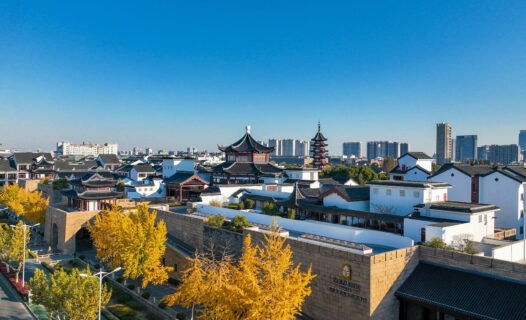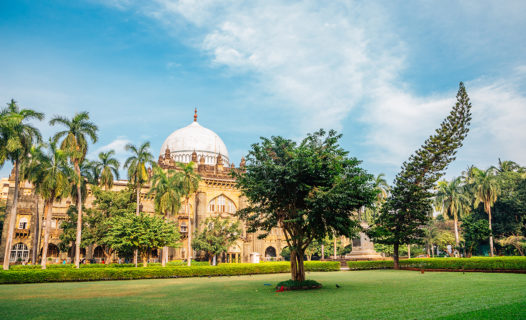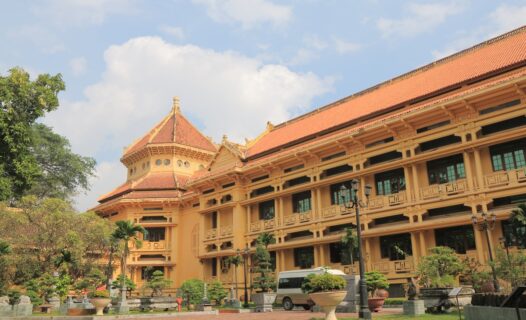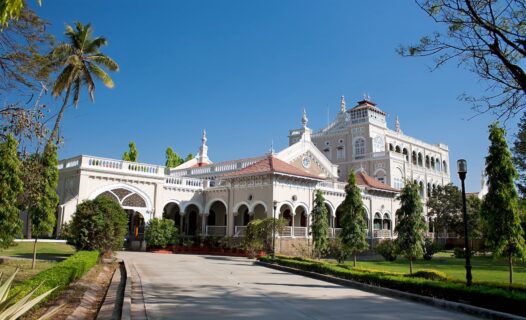Introduction
Welcome to Vietnam, a captivating destination that enchants travelers with its rich culinary culture and lively festivals! As you wander through this beautiful country, you’ll discover a delightful fusion of flavors and traditions that are sure to tantalize your taste buds. From the bustling streets of Hanoi to the vibrant markets of Ho Chi Minh City, Vietnam offers a unique blend of traditional Vietnamese food and cultural experiences that await you at every turn. Get ready to savor the essence of Vietnam, where every meal tells a story, and every festival is a feast for the senses!
Discovering Vietnamese Cuisine: A Culinary Adventure Awaits
Vietnamese cuisine is a true reflection of the country’s history and culture, showcasing a variety of flavors, textures, and aromas. It’s not just about eating; it’s about experiencing the heart and soul of Vietnam through its food. Whether you’re indulging in a steaming bowl of pho, savoring a crispy banh mi, or enjoying the grilled goodness of bun cha, each dish is a celebration of fresh ingredients and culinary craftsmanship.
Imagine sitting at a street-side stall in Hanoi, the aroma of herbs and spices wafting through the air as you watch a local chef skillfully prepare your meal. A friendly vendor might share that their family recipe for pho has been passed down through generations, each bowl a tribute to their culinary heritage. These personal stories add depth to your dining experience, making each bite even more special.
Some must-try local dishes in Vietnam include:
- Pho: This iconic noodle soup is a must-try, with its fragrant broth and tender beef or chicken served over rice noodles.
- Banh Mi: A delicious Vietnamese sandwich that combines a crispy baguette with flavorful meats, pickled vegetables, and fresh herbs.
- Bun Cha: A delightful dish from Hanoi featuring grilled pork served over vermicelli noodles, accompanied by fresh herbs and a dipping sauce.
As you explore the culinary landscape, don’t forget to check out the Comprehensive Travel Guide for Vietnam for more tips on your gastronomic journey!
Festivals of Flavor: Celebrating Vietnam’s Cultural Heritage
Vietnam’s vibrant festivals are a feast for the senses, where food and culture intertwine in spectacular fashion. Major cultural festivals like Tet Nguyen Dan (Lunar New Year), the Hue Festival, and the Mid-Autumn Festival showcase the country’s rich traditions and delicious culinary offerings. During these celebrations, you’ll find an array of festive dishes that are prepared with love and care, often holding special meanings.
For instance, during Tet, families gather to prepare traditional foods such as bánh chưng (square sticky rice cake) and gio lua (Vietnamese pork sausage), symbolizing prosperity and good fortune for the year ahead. Meanwhile, the Hue Festival features a culinary showcase that highlights the city’s imperial cuisine, with dishes that were once served to royalty.
Smaller regional festivals also offer unique culinary experiences. For example, the Hà Nội Street Food Festival is a must-visit for food lovers, held annually in the heart of the city, where you can sample a variety of local dishes while enjoying traditional music and dance performances.
Keep an eye on the Vietnam festival calendar to plan your trip around these exciting events!
Culinary Highlights: Must-Try Dishes at Vietnam’s Festivals
When it comes to Vietnamese festivals, the food takes center stage! Each celebration brings with it a unique array of dishes that capture the spirit of the occasion. Let’s explore some iconic festival foods that you absolutely can’t miss!
Tet Nguyen Dan (Lunar New Year)
Tet is the biggest celebration in Vietnam, and the food is a delightful reflection of the holiday’s significance. Start your culinary journey with bánh chưng, a square sticky rice cake filled with mung beans and pork, wrapped in banana leaves. This dish symbolizes the Earth and is a staple during Tet. Another must-try is gio lua, a Vietnamese pork sausage that adds a savory touch to the festive spread.
Hue Festival
The Hue Festival is a royal affair, showcasing the imperial cuisine that once graced the tables of Vietnamese royalty. Dishes like bun bo Hue, a spicy beef noodle soup, and com hen, a rice dish served with baby clams, are just a couple of highlights. Each bite tells a story of the city’s rich history and culture, making it an unforgettable culinary experience.
Mid-Autumn Festival
During the Mid-Autumn Festival, mooncakes take the spotlight! These sweet pastries come in various flavors, from lotus seed paste to mixed nuts, and are often enjoyed with tea. Families gather to appreciate the full moon while sharing these delightful treats, making it a time of togetherness and joy.
Street food stalls during these festivals offer a fantastic opportunity to sample local specialties. Don’t hesitate to try nem chua (fermented pork) and che (sweet dessert soups) as you stroll through vibrant market streets. Festival-goers rave about the experience of tasting these traditional dishes while soaking in the festive atmosphere.
A Day-by-Day Itinerary: Festivals and Flavors Combined
If you’re itching to experience the best of Vietnam’s festivals and culinary delights, here’s a suggested itinerary to make the most of your trip!
Day 1: Arrival in Ho Chi Minh City
Kick off your adventure in the bustling streets of Ho Chi Minh City. After settling in, head to Ben Thanh Market to sample local dishes like banh xeo (Vietnamese pancakes) and pho. In the evening, check out the lively street food scene at Nguyen Hue Walking Street.
Day 2: Tet Preparations
If your visit coincides with Tet, immerse yourself in the festive preparations. Visit local markets to see families shopping for ingredients and traditional decorations. Try your hand at making bánh chưng at a cooking class, where you’ll learn about the significance of each ingredient.
Day 3: Hue Festival
Travel to Hue for the renowned Hue Festival. Attend cooking demonstrations and taste royal dishes at the festival’s culinary showcase. Don’t miss the chance to explore the ancient citadel and enjoy the cultural performances that accompany the food.
Day 4: Mid-Autumn Festival in Hoi An
Head to Hoi An for the Mid-Autumn Festival. Join the locals in making mooncakes and participate in lantern-making workshops. Enjoy the magical atmosphere as the town lights up with colorful lanterns, and savor sweet treats at the night market.
Day 5: Hanoi Street Food Adventure
Finish your trip in Hanoi, where street food reigns supreme. Join a guided street food tour to taste local favorites like bun cha and egg coffee. Engage with vendors and learn about the history behind each dish. In the evening, visit the Old Quarter for a lively atmosphere filled with music and dance performances.
Culinary Deep Dive: Exploring Vietnam’s Street Food Scene
Street food in Vietnam is not just a meal; it’s a way of life! With every corner you turn, a new flavor awaits. The vibrant street food scene is an essential part of Vietnamese culture, and experiencing it is a must for any traveler.
Iconic Street Food Markets
Start your street food journey at Ben Thanh Market in Ho Chi Minh City, where you can find everything from pho to spring rolls. In Hanoi, Old Quarter is the place to be for cha ca (grilled fish) and banh cuon (steamed rice rolls). Each market buzzes with energy and offers a feast for the senses.
Must-Try Dishes
Don’t leave Vietnam without trying com tam (broken rice) served with grilled pork, or hu tieu (noodle soup) that showcases the regional flavors of the Mekong Delta. Street food vendors often have their own unique twist on these dishes, making every experience special.
Meet the Vendors
Engage with the local vendors who pour their hearts into their food. Many have been in the business for generations, and their stories add richness to your meal. Ask them about their favorite dishes or how they learned to cook; you’ll often find that their passion is as flavorful as the food!
Engaging with Local Communities: Cultural Experiences Beyond Food
Experiencing Vietnam isn’t just about the food; it’s also about connecting with the people! The warmth and hospitality of the Vietnamese people will enhance your journey, making it all the more memorable.
Cooking Classes and Workshops
Participate in cooking classes that offer hands-on experiences with traditional Vietnamese cuisine. Many classes include a market tour where you can select fresh ingredients and learn about their significance in local dishes. This is a fantastic way to engage with the culture while honing your culinary skills!
Community Events
Look for local festivals or community events during your visit. Many towns host cultural performances, arts and crafts fairs, and cooking demonstrations that invite visitors to join in the fun. These experiences allow you to immerse yourself in the local way of life and create lasting memories.
Seasonal Travel Insights: Best Times to Experience Festivals and Flavors
Vietnam’s climate varies greatly from north to south, influencing the festival schedule and food availability. Understanding the best times to visit can enhance your culinary adventure!
Spring (January to March)
Spring marks the celebration of Tet, the Lunar New Year, making it the perfect time to experience festive foods and family gatherings. The weather is pleasant, and the countryside is lush and green.
Summer (April to August)
Summer is a great time for food festivals, especially in coastal cities like Da Nang and Nha Trang. Enjoy fresh seafood while soaking up the sun on beautiful beaches.
Autumn (September to November)
As the weather cools, the Mid-Autumn Festival brings families together to celebrate with mooncakes and lanterns. This is a wonderful time to explore the cultural richness of Vietnam.
Winter (December)
Winter is a quieter season, perfect for enjoying hearty dishes like hot pot and grilled skewers. It’s also a great time to visit the northern regions, where you can experience the beauty of terraced rice fields.
Keep an eye on the Vietnam festival calendar to plan your trip around these exciting events!
Practical Information for Travelers: Tips for a Smooth Culinary Adventure
To make the most of your culinary journey through Vietnam, here are some practical tips to keep in mind:
Transportation Tips
Getting around Vietnam is relatively easy, with options ranging from buses to motorbike taxis. Consider using ride-hailing apps like Grab for convenient transportation, especially when exploring cities. For longer distances, domestic flights or trains are great choices.
Health and Safety Guidelines
While enjoying street food, opt for stalls that are busy and have a high turnover of customers; this usually indicates freshness. Carry hand sanitizer and drink bottled water to stay hydrated and healthy during your travels.
Packing Essentials
Pack lightweight clothing suitable for Vietnam’s warm climate, and don’t forget a reusable water bottle to stay hydrated. A small backpack is handy for day trips, and a portable charger will keep your devices powered for capturing all those delicious moments!
Fun Facts About Vietnam’s Culinary and Festival Culture
Did you know that Vietnam is home to over 1,000 different types of street food? Each region boasts its own specialties, influenced by local ingredients and traditions. Here are some quirky facts to pique your interest:
- Rice is Life: Rice is a staple food in Vietnam, and there are countless varieties, each with its own unique flavor and texture.
- Mooncake Madness: During the Mid-Autumn Festival, mooncake sales can skyrocket, with some bakeries producing thousands of them in just a few weeks!
- Street Food is King: Many Vietnamese people eat street food daily, making it an integral part of their lifestyle and culture.
These fun facts only scratch the surface of Vietnam’s rich food culture and traditions. Each meal you enjoy and festival you attend offers a glimpse into the heart of this incredible country.
Commonly Asked Questions (FAQs) About Food and Festivals in Vietnam
As you plan your culinary adventure in Vietnam, you may have some questions. Here are answers to a few common queries travelers often ask:
What is the best time to visit Vietnam for food festivals?
The best time to visit for food festivals is during the Lunar New Year (Tet) in January or the Mid-Autumn Festival in September. Both events showcase a variety of traditional dishes and cultural experiences.
Are street food stalls safe to eat at?
Yes! Many street food stalls are safe to eat at, especially those that are busy and have a high turnover of customers. Look for stalls that prepare food fresh in front of you.
Can I find vegetarian or vegan options in Vietnam?
Absolutely! Vietnam offers a range of vegetarian and vegan options, especially in larger cities. Dishes like pho chay (vegetarian pho) and bun rieu chay (vegetarian crab noodle soup) are delicious choices.
For more tips and insights, check out the One-Week Vietnam Itinerary for a comprehensive guide to exploring this beautiful country!
Outdoor Sports and Activities: Balancing Food with Adventure
Vietnam is not just about food; it’s also a playground for outdoor enthusiasts! After indulging in delicious dishes, consider balancing your culinary journey with some thrilling activities.
Cycling Tours
Join a cycling tour through the countryside to experience the stunning landscapes and vibrant local life. Pedal through rice paddies, small villages, and scenic coastal roads while stopping to sample fresh fruits and local delicacies along the way.
Hiking Adventures
For those who love hiking, Vietnam offers breathtaking trails in areas like Sapa and the national parks of Phong Nha-Ke Bang. Enjoy the fresh air and stunning views while discovering hidden waterfalls and local wildlife.
Eco-Friendly Experiences
Consider eco-friendly tours that support local communities. Many organizations offer programs that combine outdoor activities with cultural exchanges, allowing you to give back while enjoying the beauty of Vietnam.
Sustainability and Conservation Focus: Supporting Local Communities
As you savor the flavors of Vietnam, consider supporting sustainable practices that protect the environment and empower local communities. Many initiatives promote local food producers and preserve cultural heritage.
Community-Driven Projects
Look for tours and experiences that prioritize community engagement. Many local organizations offer cooking classes, farm-to-table dining experiences, and workshops that support small-scale farmers and artisans.
Responsible Eating
Choose restaurants and food stalls that source their ingredients locally. This not only ensures fresh and delicious meals but also helps sustain the livelihoods of local farmers and vendors.
For more insights on supporting local communities during your travels, check out Discover Vietnam’s Hidden Gems.






